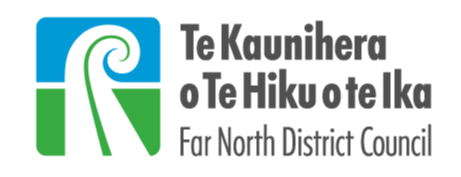Unsealed road maintenance
Unsealed roads (grading, potholes and dust)
An unsealed road is a metal or gravel road without any bitumen/tarmac surfacing. We have a programme of maintenance that includes grading and pothole repair. The cycle for this programme is determined by traffic volume, or use. High volume traffic unsealed roads receive regular maintenance.
If you want to request maintenance of an unsealed road, please submit your request using our online form.
Dealing with dust
Our district has 2,508 km of roads, only 35% (858km) of which are sealed. This means many people live near unsealed roads where dust is a nuisance in dry weather. We estimate that it would cost $500 million to seal all the unsealed roads in the District. This would add about $14,000 to each rates bill for one year. Clearly, this isn’t affordable for most people. However, the Council is committed to sealing sections of unsealed road where the need is greatest.
Fair and objective
We need to prioritise which roads we spend this money on in a fair and transparent way, so the greatest number of people enjoy the benefits of these roading improvements. We have developed a matrix which ranks unsealed roads according to criteria including:
- Traffic volumes
- The number of homes, schools, marae and community facilities nearby
- The distance between these buildings and roads
- Whether the road is a significant detour or is used by forestry traffic and heavy vehicles
Data-driven decisions
We have invested a lot of time into gathering data for the matrix, so that road rankings are based on empirical evidence. We have measured the distance between 6000 homes and unsealed roads, so the matrix gives higher priority to roads where homes are closer to the road and the dust nuisance is more acute. We have also logged all marae on unsealed roads.
Who picks the roads?
An algorithm selects the roads according to the prioritisation criteria and the data that is fed into the matrix. This ensures that roads are ranked fairly and objectively. Our elected members have endorsed the matrix as a prioritisation tool for deciding which roads we seal, but they have no say in which roads are chosen for seal extensions.
A transparent tool
To increase transparency of the Selection process, we will publish a simplified version of the matrix next year before we use it to decide which roads get seal extensions in 2020/21. People who live on unsealed roads will be able to see where their road is ranked. They will also be able to see, and provide feedback on, the data the matrix used to rank the road.
Working with forestry
Logging trucks can cause significant dust nuisances for residents on unsealed roads in areas where forestry companies are harvesting pine plantations. We are working closely with the forestry industry and aligning their harvest activities with the matrix, so that roads where logging is planned are given higher priority for seal extensions. In some cases, it is more cost-effective to use temporary solutions to suppress dust.

